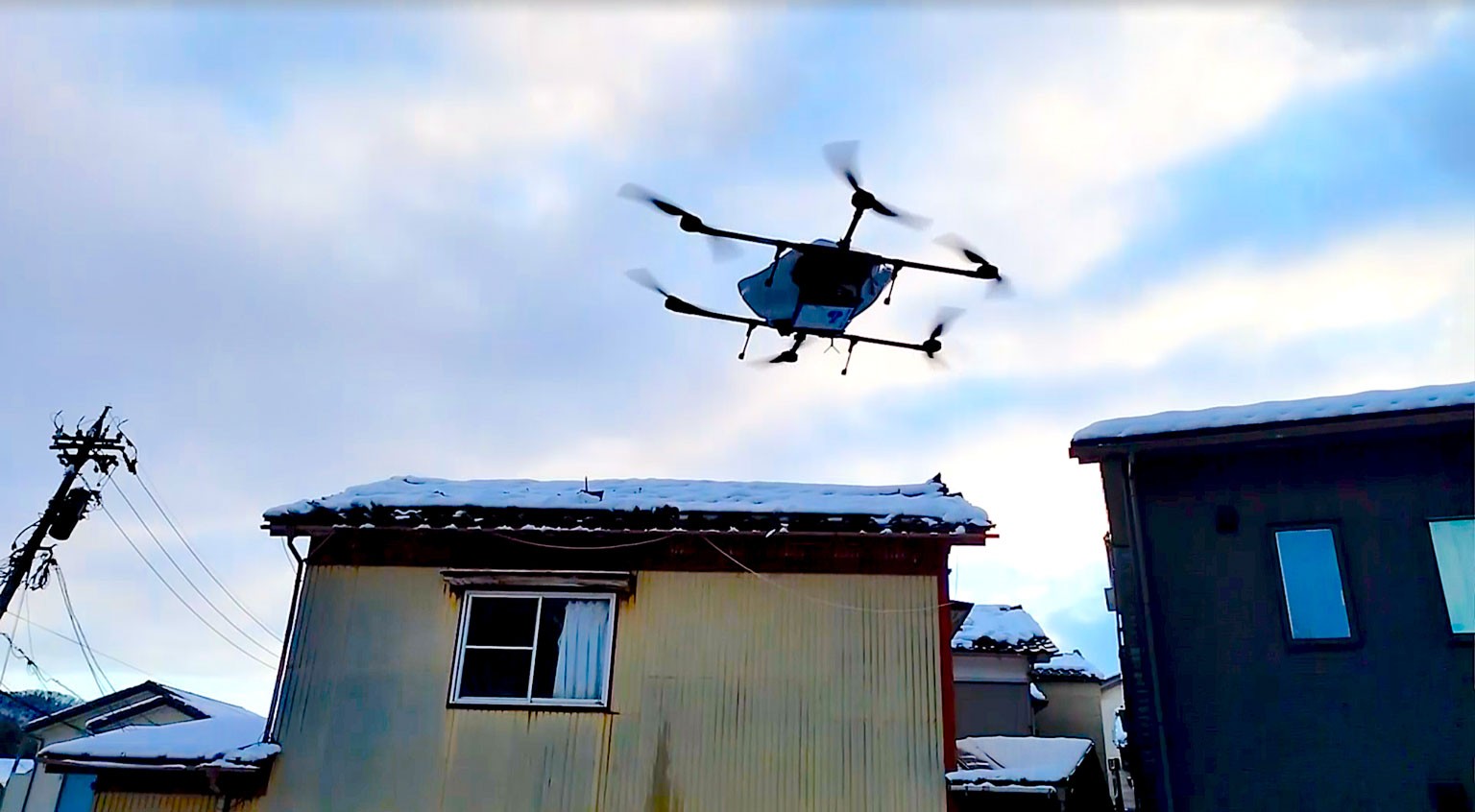First large-scale collaboration
A week after the magnitude 7.6 quake devastated the city of Wajima in Ishikawa Prefecture, a drone flew about three kilometers over snow-covered ground to reach an evacuation center in an area cut off by landslides.
The aircraft delivered vital medication to people who were sheltering there.
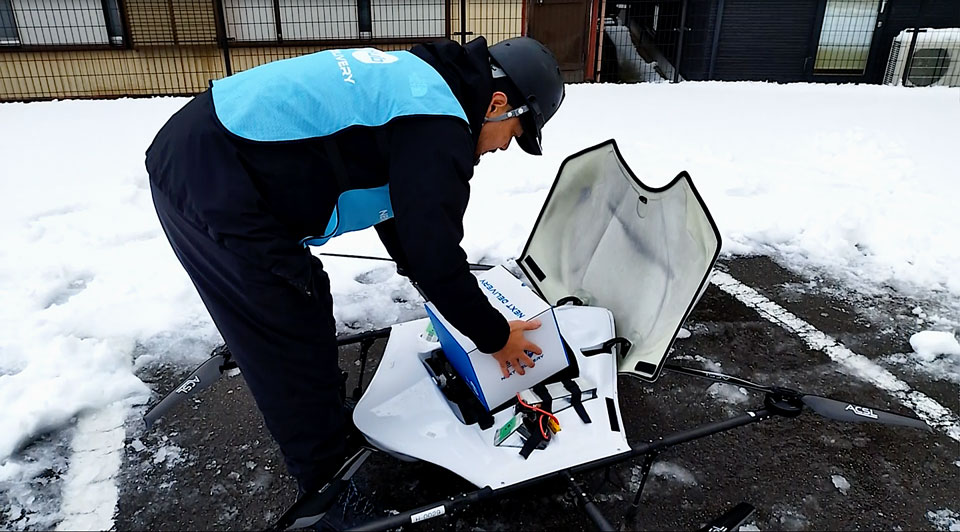
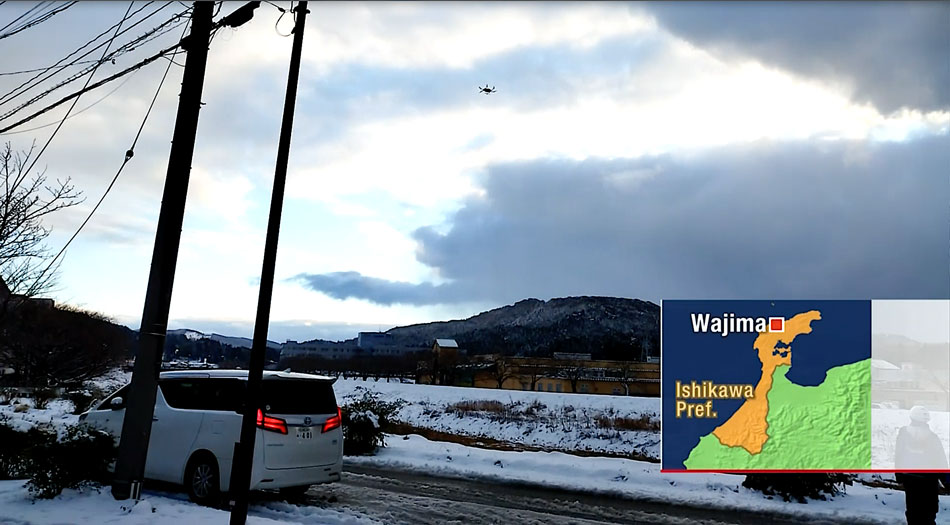
"It was an emotional moment," says Murata Naoyuki, the Wajima City official who received the package at the site. "We were able to hand out medicines that were much-needed. I can't forget the people's smiles."
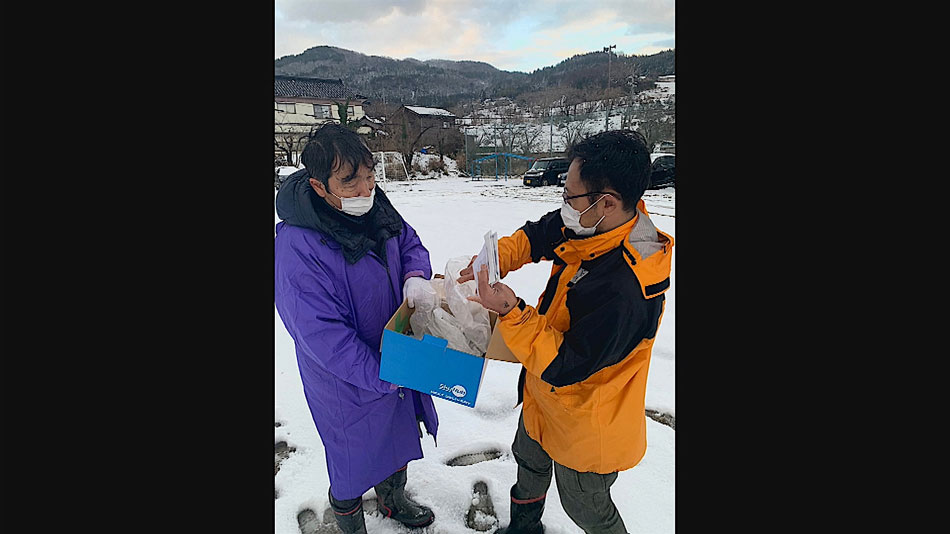
Another drone flew over impassable terrain to supply diesel fuel to isolated residents and workers restoring roads.
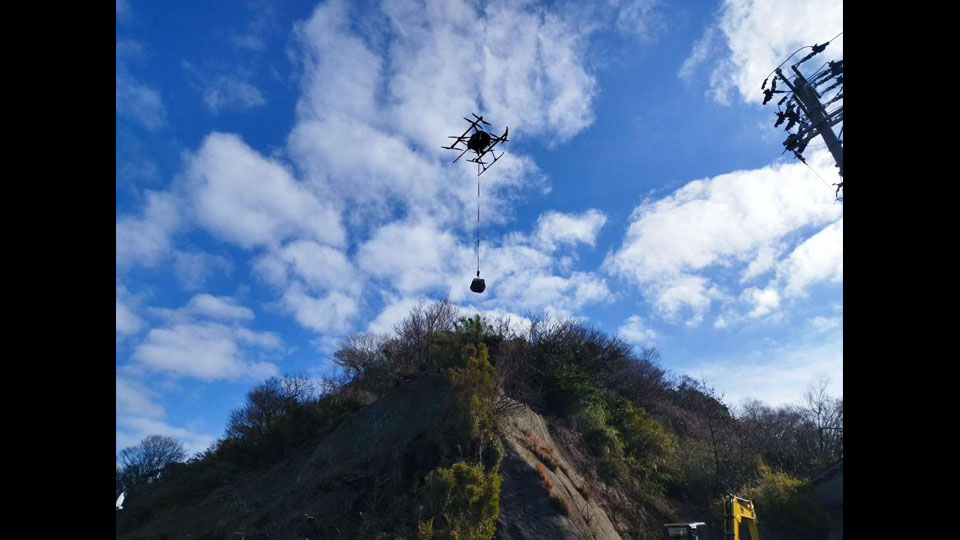
A port was set up on a riverbank in Wajima, from which drones could take off and land automatically. The unmanned aircraft monitored the area for signs of further landslides to prevent secondary disasters.
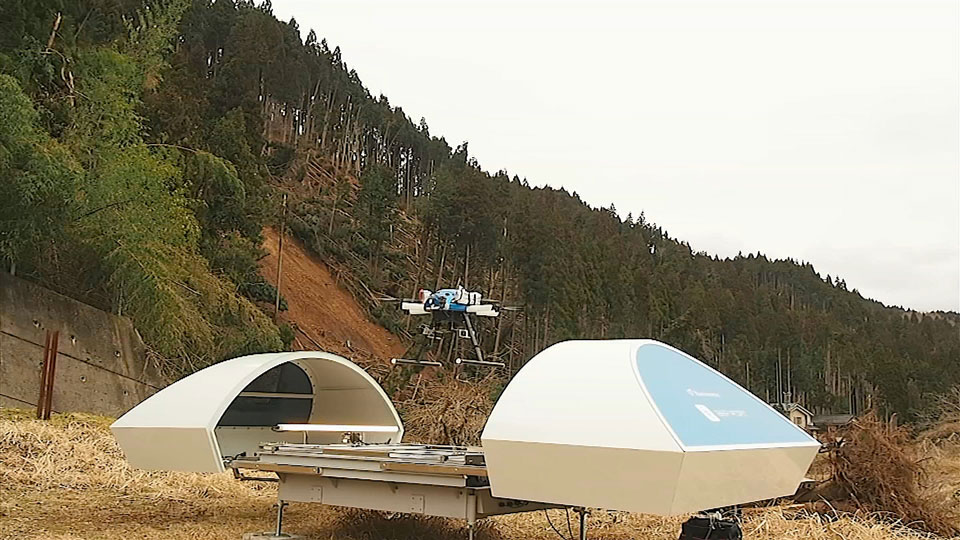
More than 100 such missions were conducted on the affected peninsula in Japan's first operation on this scale. But before getting off the ground, the project had to overcome challenges.
Japan's aviation law forbids the use of unmanned aircraft during major disasters, due to concerns they could interfere with rescue efforts. Operators needed to gain clearance from local authorities to fly the drones, but Wajima City officials had no precedent on which to base their decisions.
Shimamoto Manabu of JUIDA, a Tokyo-based association of unmanned aerial vehicle companies, played a key role in moving the project forward. His past experience as a Ground Self-Defense Forces official gave him an intuitive grasp of disaster management.
"As drone technology is finally capable of contributing to disaster relief efforts, we made the assumption that we could provide more effective support by utilizing drones along with helicopters," Shimamoto says.
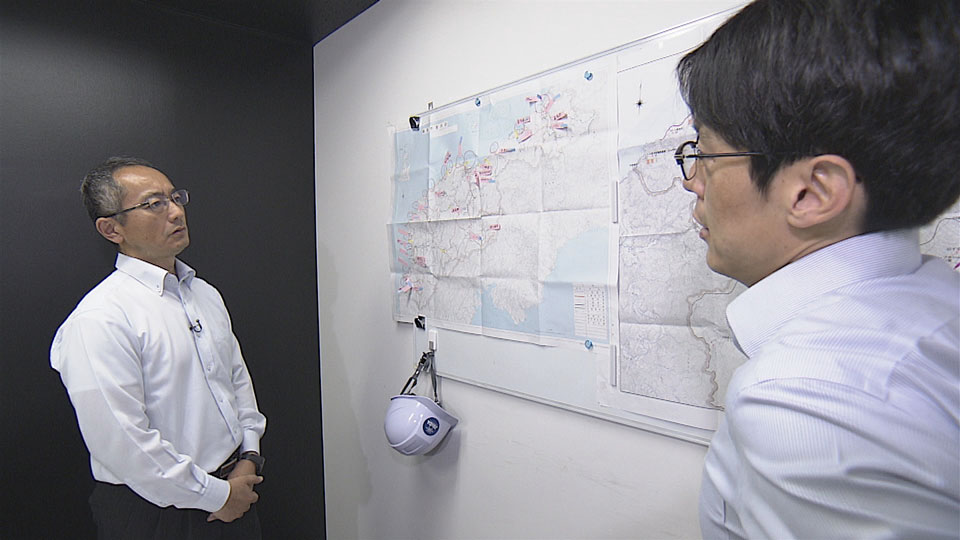
By explaining how drones could meet a wide range of needs, Shimamoto convinced the officials to approve the drone operations. He then called upon JUIDA's 26 member companies to visit the quake-hit area, where they coordinated with local authorities and Japan's Ground Self-Defense Forces for about two months.
Hyogo Tsuyoshi, the Vice-commanding General of the GSDF's 10th division, says he was amazed to witness the operations, which he said marked the first private-sector drone collaboration on such a scale.
"By combining various technologies, we were able to see the potential for providing options and solutions in extremely difficult situations on large-scale disaster missions," Hyogo says.
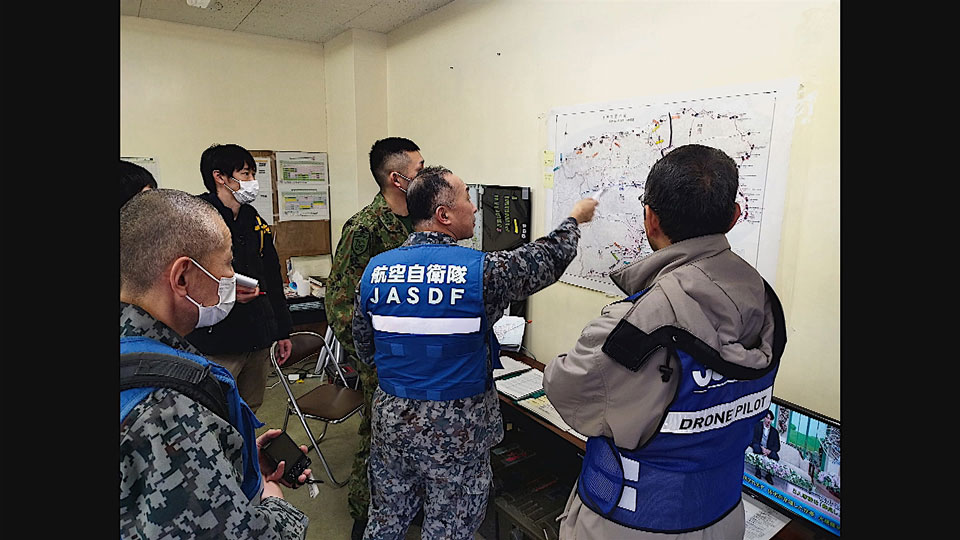
Passion pushes drone-tech boundaries
One kind of drone used in the Noto relief effort has its roots in the Great East Japan Earthquake and tsunami of 2011.
The units measure just 20 cm on each side, and are shock resistant, easily controllable without GPS, and unaffected by heavy dust. These drones were designed to inspect facilities such as chimneys, pipes and boilers, so they could also fly deep into collapsed houses deemed too unsafe for first responders to enter.
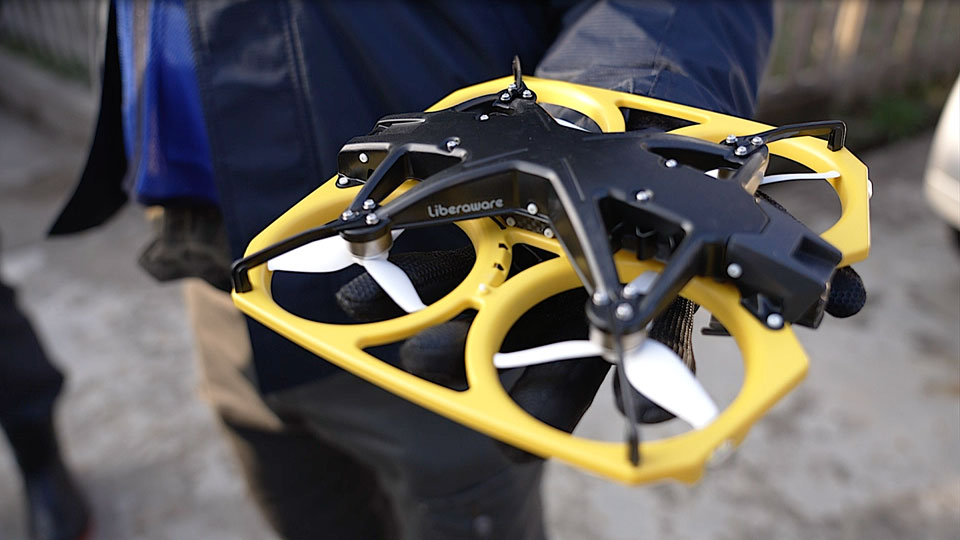
A start-up company, Liberaware, based in Chiba Prefecture near Tokyo developed the small drones. Its founder and CEO Min Hongkyu was a robotics student at Chiba Institute of Technology when the massive quake hit on March 11, 2011. He was not involved with drones at the time, but experiencing the disaster pointed him in a new direction.
"As an engineer, I just felt helpless and very sad that I couldn't do anything for people. I pondered and thought there was something more meaningful for me to do," Min recalls.
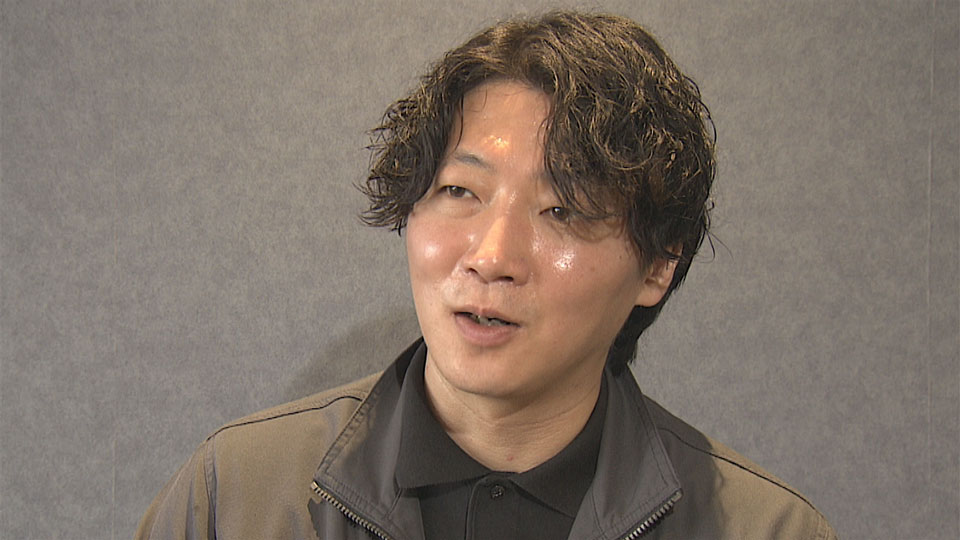
In 2013, he joined a government mission to develop a drone to fly into a damaged containment vessel at the crippled Fukushima Daiichi nuclear power plant ― a highly radioactive, narrow space with no access to GPS.
"Back then, we had to consider everything from scratch. From the motor, frame, various sensors, all from zero," Min says.
"It was difficult to control the drone too. Every test flight was nerve-wracking. It even blew up into pieces in midair sometimes."
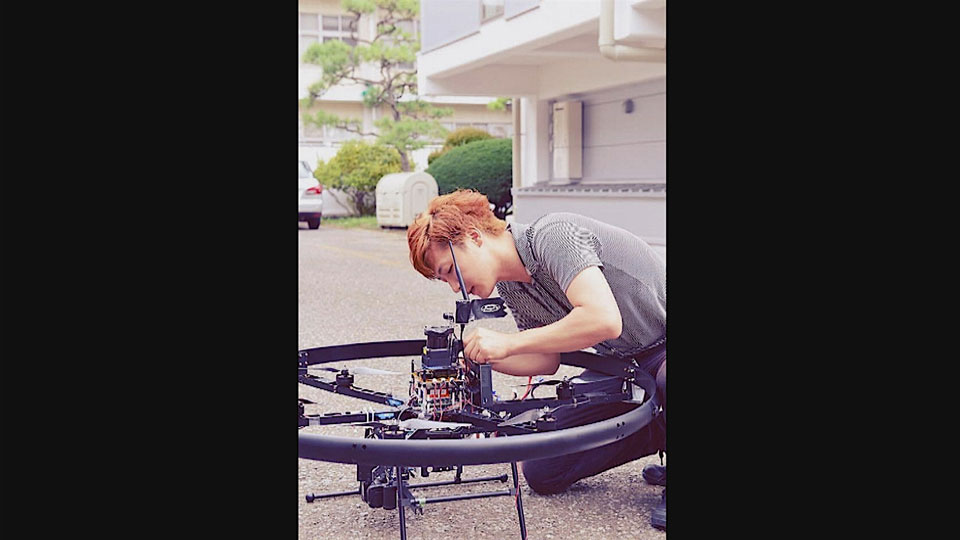
Min and his team struggled for over two years, but the mission was halted before they were able to make a drone small and durable enough to use at the Fukushima site.
Disappointed but undaunted by the setback, Min launched his own company. With the nuclear plant in mind, its goal remained developing a drone, building on lessons learned from past failures.
Min's perseverance bore fruit when his company's drone was used in the Noto operations, highlighting its potential for future rescue missions. Two months later, his company made another breakthrough: its drones flew inside the damaged Fukushima nuclear plant in March, taking footage of previously inaccessible areas.
Min is already looking ahead.
"I think our accomplishments are really just the beginning," he says. "I'm determined to find ways to improve and apply our technology to tackle future disasters."
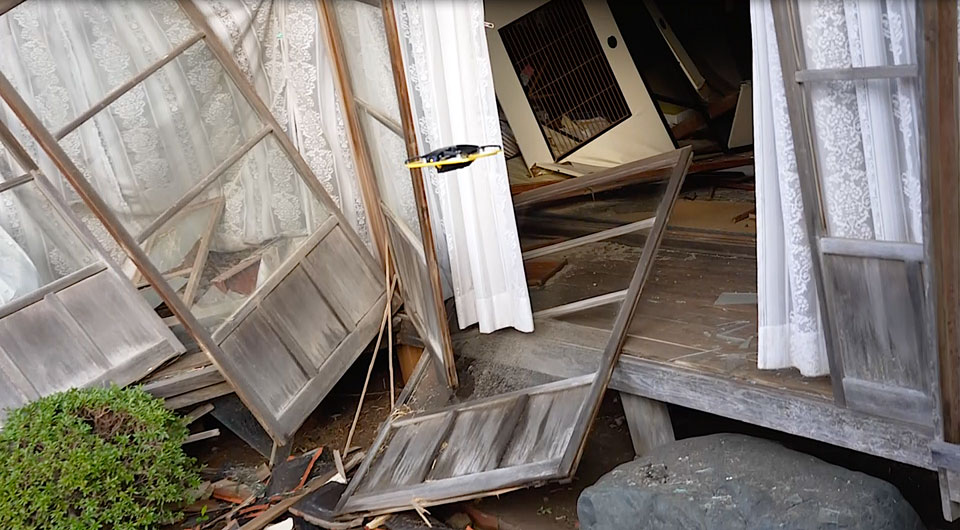
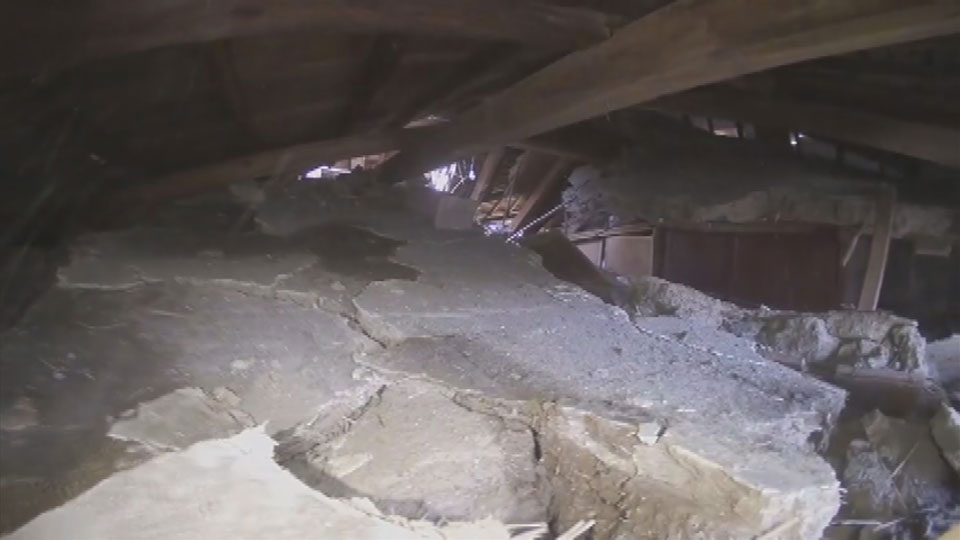
What flies ahead
Prime Minister Kishida pledged in June that his government would promote the use of more innovative drones in relief efforts, following their promising start in Noto.
Public and private sector challenges include resolving power supply issues and organizing chains of command to respond as quickly as possible after a disaster.
A rapid response ultimately saves lives. The Noto quake struck shortly before sundown, leading to an overnight delay in assessing the damage.
JUIDA is also standing by for deployment. It has also been expanding its partnerships throughout Japan, including ties with the GSDF in the Kansai region. Shimamoto hopes its technological expertise can be put to use helping relief efforts around the world.
"I think Japan's role in promoting drone use will be extremely important. We would like to share with other countries the knowledge we gained from these efforts," says Shimamoto.
As rescue teams leap into action after future disasters, they might be accompanied by small responders, ready to fly to the extremes.
